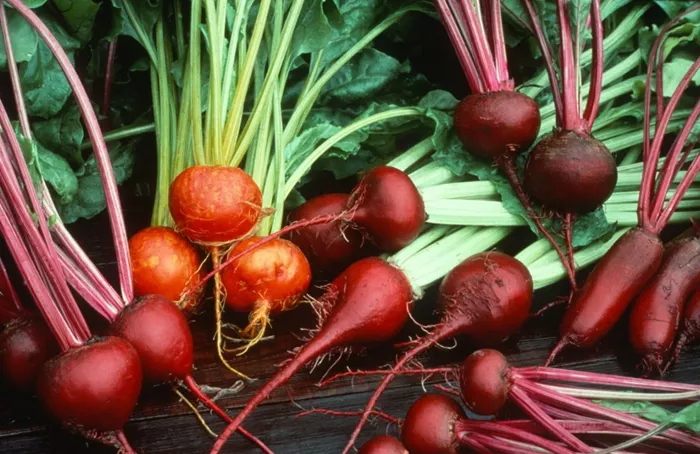Companion planting with flowers and plants can significantly improve beet growth and protect them from pests. Among the best flowering companions for beets are marigolds and nasturtiums.
These bright, edible flowers repel many common pests such as aphids, flea beetles, and whiteflies, while also attracting beneficial insects that help control unwanted garden visitors.
In addition to flowers, several plants serve as excellent companions to beets:
Garlic and other alliums like onions and leeks emit strong aromas that deter pests including aphids, cutworms, rabbits, and deer, protecting beets naturally.
Lettuce provides shade that cools the soil, helping beets avoid heat stress, and its fast growth helps suppress weeds.
Bush beans enrich the soil by fixing nitrogen, which enhances the sweetness and growth of beet roots.
Cabbage family plants (broccoli, cauliflower, kale) share similar growing conditions without competing heavily for nutrients.
Catnip acts as a natural pest repellent against mice, aphids, flea beetles, and Japanese beetles.
Radishes grow quickly, loosening the soil and serving as trap plants to divert pests from beets.
Sage and other aromatic herbs repel snails, flea beetles, cabbage moths, and rabbits, protecting beets from damage.
Avoid planting pole beans, parsley, potatoes, and fennel near beets, as these can stunt beet growth or compete excessively for nutrients.
By integrating these flowers and plants into your beet garden, you can achieve healthier, more abundant crops with fewer pest problems and enhanced soil conditions.


